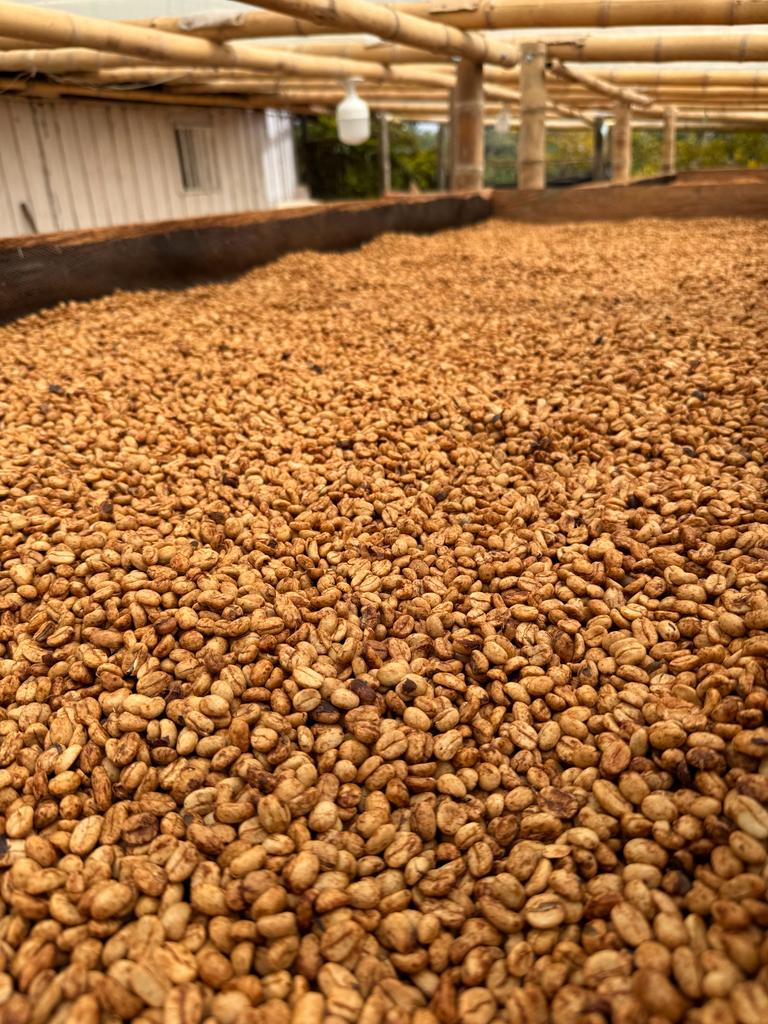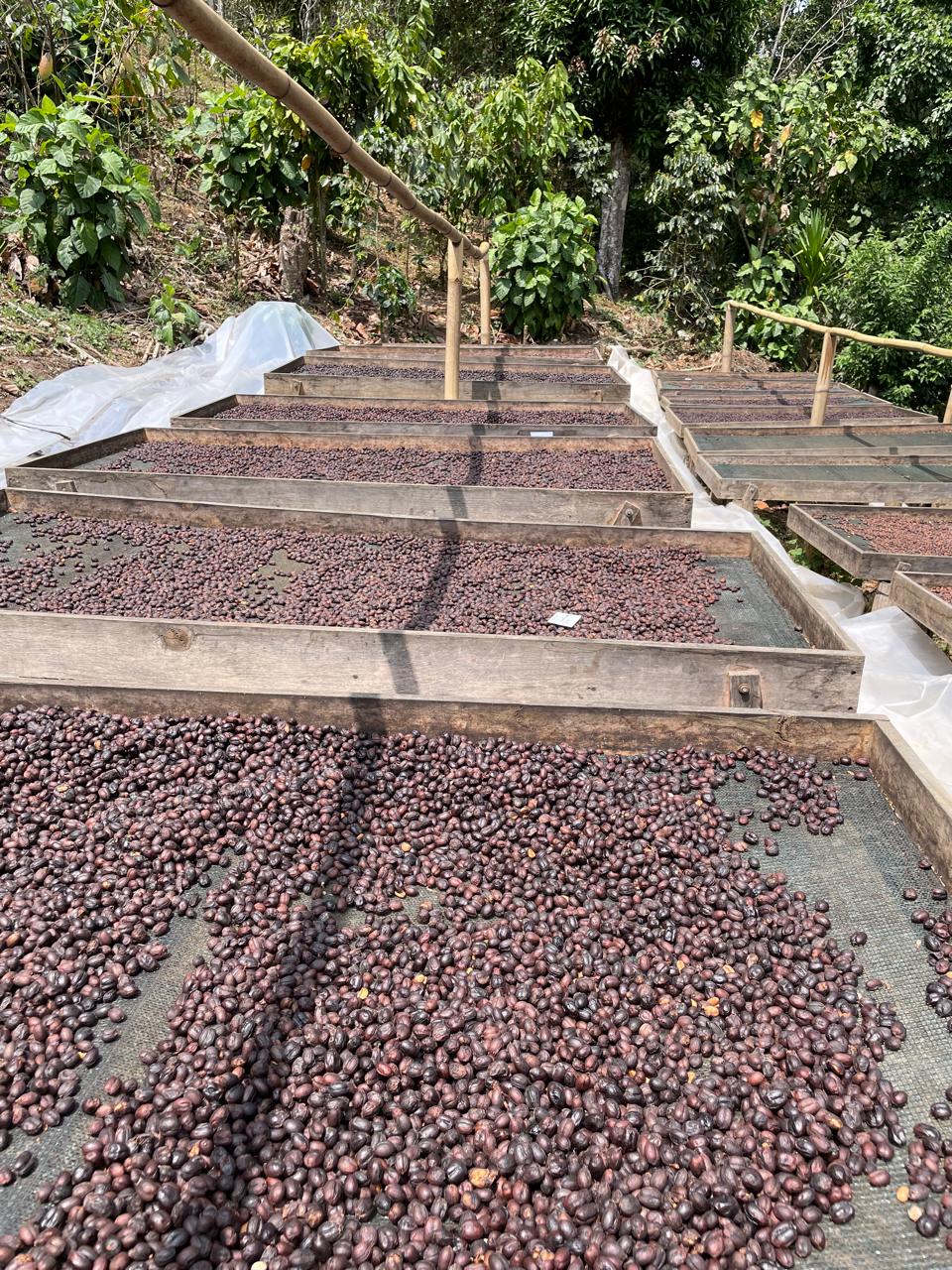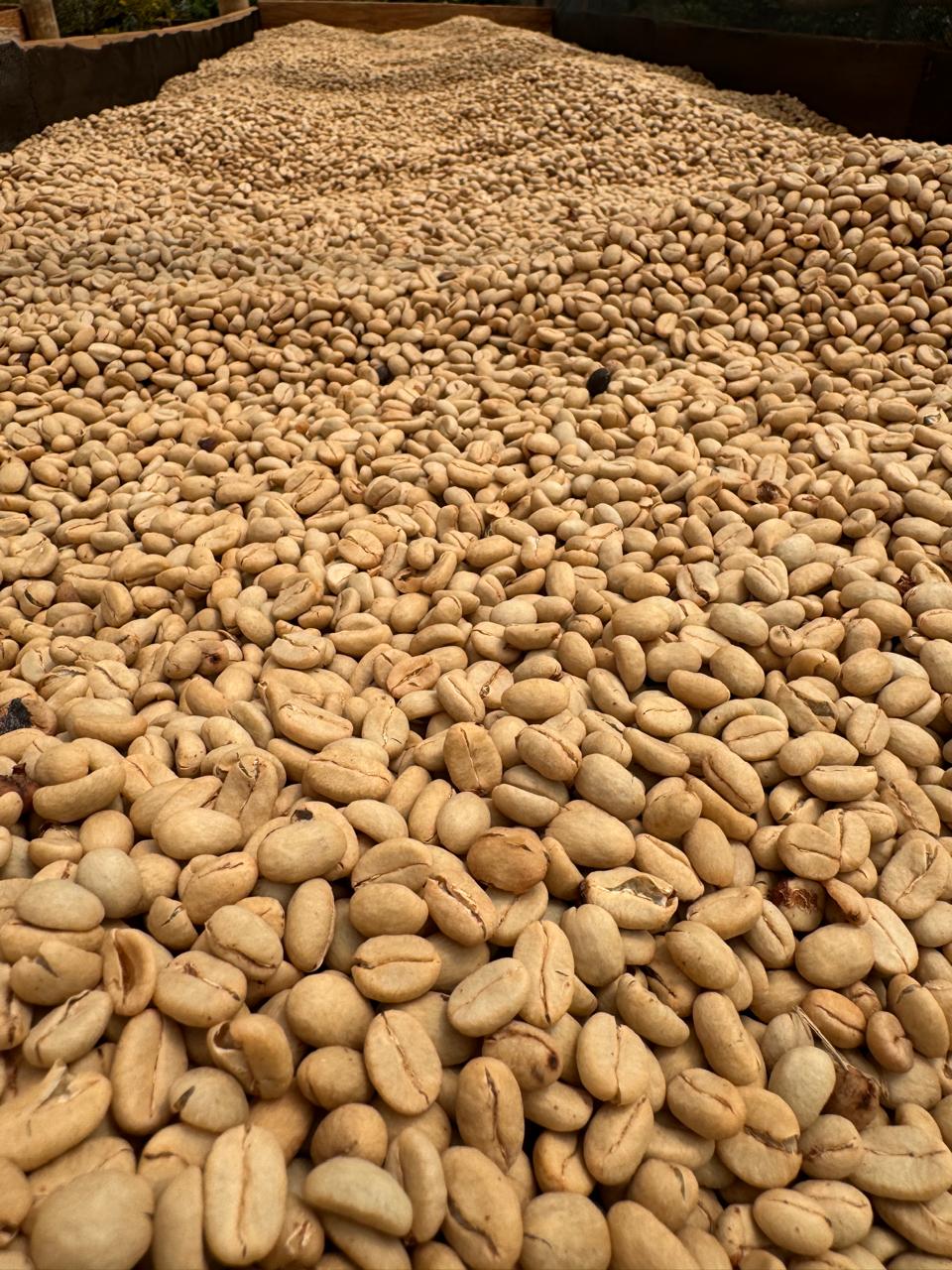
Talking about specialty coffee in Colombia today is a fascinating, broad and challenging task. Although nowadays to speak of specialty coffees is also to speak of exotic varieties, fermentation processes, harvesting processes, high altitude coffee plantations, among others, the priority will always be the quality and the meticulous process in each link of the chain. In the international market, specialty coffee must also comply with certain physical and sensory characteristics translated into evaluations or assessments under recognized systems such as the SCAA(Specialty Coffee Association).
1. Varieties of specialty coffees:
It is true that for any variety of coffee it is possible to work on processes that allow them to reach the specialty category. However, it is also well recognized in the market, that there are varieties that allow to reach the specialty by the simple fact of their physical and sensory characteristics. Among them, we find varieties such as geshas, ciders and chirosos, which stand out for their floral, sweet and bright notes. In turn, the red, yellow and rosé bourbons stand out for their elegant balance of sweet fruity notes. The java variety with its strong note of fine cocoa accompanied by delicate notes of nuts and vanilla.
The foregoing is not intended to imply that such notes and profiles are a general rule. Because each farm, terrain, climate and processing influence or change the final profile of the same variety. However, it can be stated that these are the main characteristics of the exotic varieties most promoted from Colombia.
And so many other varieties that exist and that as Colombians we are proud to plant, harvest, process and export to the world.
2. Specialty coffees by fermentation processes
What began as experimental exercises is nowadays preserved as a constant path of evolution.
Colombia has always been known for its strong cup of washed coffee. This is thanks to the work of thousands of coffee growing families that have developed stable and standardized practices of the wet washed coffee process. For decades, processes of manual harvesting, pulping, washing and drying were standardized in all the coffee growing regions of the country, resulting in a cup that is known worldwide and appreciated by thousands of roasters abroad.
The Colombia profile is undoubtedly the hallmark of our coffee history. However, the country has not forgotten the challenges in innovation and that is why today, Colombia is recognized for having all kinds of processes in its portfolio.
The best known are the “Natual” and “Honey” processes. From a very general point of view, the difference lies in the fact that in the “Honey” process, the coffee, after pulping, goes directly to drying. In turn, the “natural” process goes to drying directly after the harvesting and pre-sorting process, without pulping or removing the fruit from the cherry.



The “honey and natural” processes are the best known and most commercialized in the world. However, we now have a wide world of prolonged fermentations, anaerobic fermentations and double and triple fermentations, as well as the use of yeasts, fruit must and other processes brought from the liquor and dairy industries, as well as from the world of teas and food infusions.
We will detail this section in a new blog on fermentation processes due to its high technical content and the interest of our readers.
3. High altitude specialty coffees
Coffees grown at altitudes above 1,800 meters above sea level are not directly catalogued as specialty coffees, since it depends on the variety and a correct harvesting and processing process, but it is true that studies have proven that the chemical changes experienced by the plants at these altitudes have a direct positive effect on the fruits or cherries. This in turn in sensory notes that are highly appreciated abroad.
Therefore, a well cultivated, harvested and processed coffee, added to the fact that it is grown at altitudes above 1,800 meters above sea level, allows for the enhancement and development of different notes and sensory characteristics that benefit its score or evaluation.
In Colombia we are fortunate to have high altitude cultivated zones in all of the coffee growing departments, which has allowed us to better position the quality standards of a cup of high altitude coffee in the world. At Amarella we work with this type of coffee in departments such as Antioquia, Huila and Tolima.
4. Sustainable coffees
Every day the demand for specialty coffees increases due to sustainability concepts. In particular, this trend has been promoted mainly by the intention of nations, associations and collectives seeking to curb environmental pollution and deforestation.
Laws and public policies such as the “European Green Pact” are increasingly moving the coffee sector towards sustainable practices of hygiene and food quality, environmental protection, control of deforestation, protection of human rights and good corporate practices.
At Amarella Café we work every day to intensify this line of sustainability. From policies and strategies with producers and associations, to fair purchasing models, protection of human rights and reduction of global supply chain intermediation.
If you would like to learn more about our specialty coffees in Colombia or get in touch with our international sales team, we will be very happy to receive them through our contact form or directly via WhatsApp.
Thank you for following our publications
With love,
Amarella Café Team
Let us know how we can help you!
Contact us at
@Amarellacafé 2024 | Made with love by Somos Gente Digital | Data Processing Policy